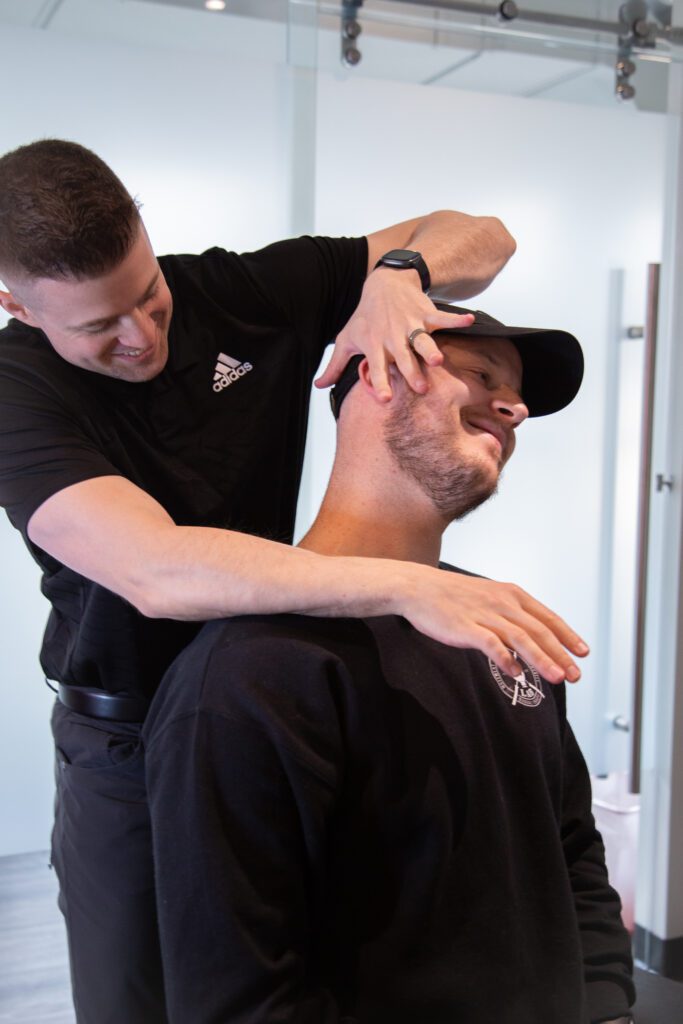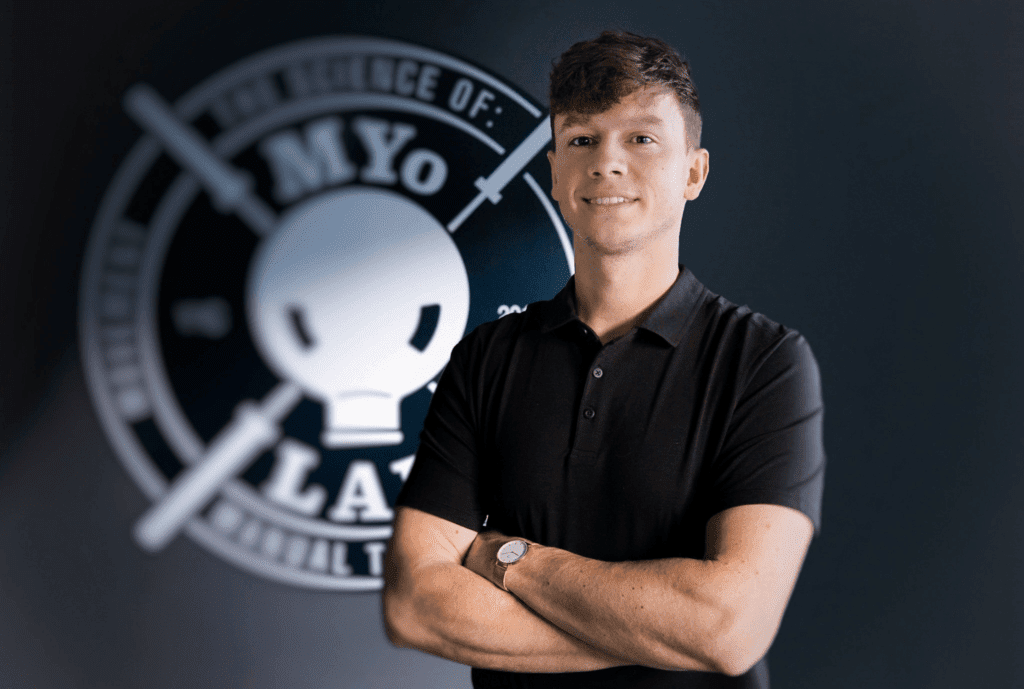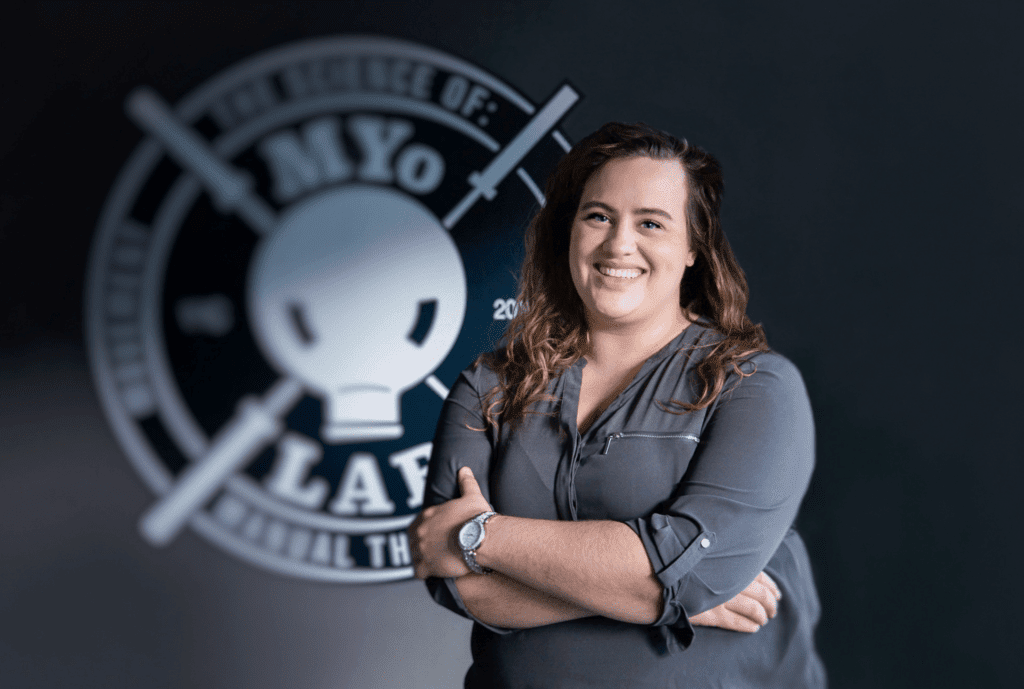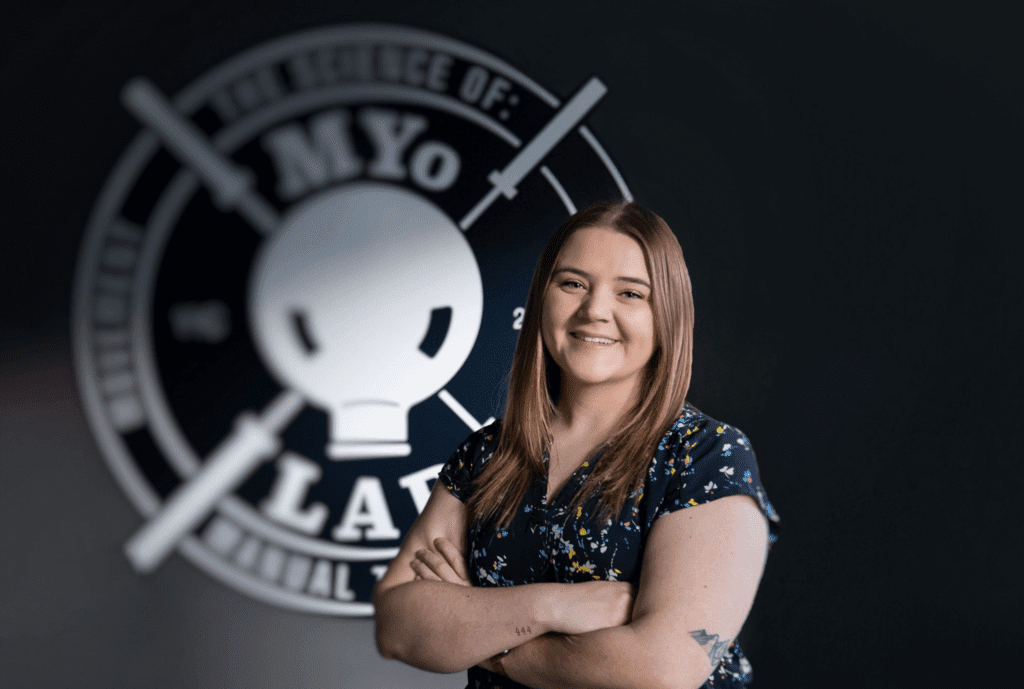Causes of Whiplash
Here are some causes of whiplash:
- Car Accidents: The most common car accident-related cause is rear-end collisions, where the impact forces the head to rapidly jerk forward and backward.
- Sports Injuries: High-impact sports like football, rugby, hockey, skiing, snowboarding, or boxing can cause whiplash.
- Physical Assault: Being hit in the face/head or shaken can lead to similar neck injuries.
- Falls: Sudden falls where the head is violently thrown backward can cause whiplash.
- Amusement Park Rides: Sudden stops or jolts in rides can lead to this injury.
- Concussions: Did you know that 100% of concussions also have neck whiplash? Proper assessment, diagnosis, and intervention are critical to the sustainable resolution of related symptoms.
Symptoms of Whiplash
Symptoms can appear immediately after the injury but may also develop over a few days. They can range from mild to severe and typically include:
- Neck Pain and Stiffness: Pain that may worsen with neck movement
- Reduced Range of Motion: Difficulty moving your neck
- Headaches: Often starting at the base of the skull
- Shoulder Pain: Pain radiating to the shoulders and upper back
- Tingling or Numbness: In the arms or hands
- Fatigue: Feeling unusually tired
- Dizziness: Sensation of spinning or lightheadedness
- Blurred Vision: Temporary visual disturbances
- Ringing in the Ears (Tinnitus): Unusual ringing or buzzing sounds
- Difficulty Concentrating: Problems with focus and memory
- Sleep Disturbances: Difficulty falling or staying asleep
It’s important to see a healthcare professional if you’re experiencing neck pain or any whiplash symptoms, especially after an injury. This is to rule out the possibility of other complications.
How Chiropractors Treat Whiplash

At MYo Lab, we employ various techniques to treat whiplash, focusing on supporting the body’s natural healing processes, restoring normal function, and reducing pain.
In the early stages of whiplash treatment, our goal is to restore motion and reduce pain. That’s our first priority. The next step is to focus on neck stability and muscle endurance. We do this through a combination of manual care and exercise rehab, which means working with our Chiropractor, Physiotherapist, and Massage Therapist.
Here’s how it works:
Manual Chiropractic Adjustments: Our Chiropractors use controlled, high-velocity forces to adjust the joints of the spine, particularly the cervical (neck) region. This helps restore proper alignment, improve range of motion, and reduce pain and muscle tightness.
Massage Therapy: We use techniques such as deep tissue massage to relieve muscle tension, reduce inflammation, and improve blood flow.
Myofascial Release: This involves targeting specific muscle groups and fascia (connective tissue) to reduce stiffness and pain.
Therapeutic Exercises: Once we’ve addressed the acute pain, we like to move to light rehab to engage some of the injured and weaker muscles and re-establish strength.
Depending on the extent of your whiplash injury, our Chiropractors might recommend working with our Physiotherapist on stretching and strengthening exercises designed to improve flexibility and strengthen the neck and upper back muscles. This will help you recover and prevent future injuries.
Low-Level Laser Therapy (LLLT): This is a non-invasive treatment that uses low-level lasers to reduce pain and inflammation, promote tissue repair, and enhance cellular function. LLLT can be particularly effective for soft tissue injuries, making it suitable for treating whiplash.
Acupuncture: To address the body’s pain and inflammatory process during these injuries, acupuncture can be a great adjunct to speed up the healing process safely.





